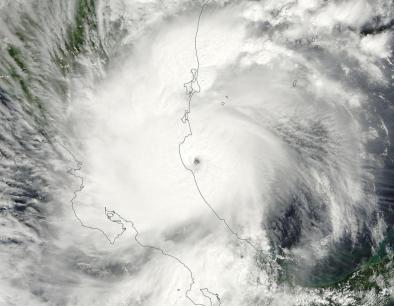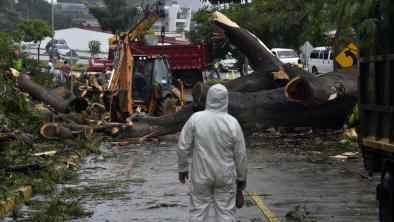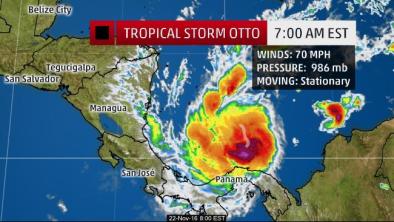Science Source
Forced and unforced ocean temperature changes in Atlantic and Pacific tropical cyclogenesis regions
- Fingerprints the role of global warming in increased sea surface temperatures using climate models to study the possible causes of SST changes in Atlantic and Pacific tropical cyclogenesis regions
- States the observed SST increases in these regions range from 0.32°C to 0.67°C over the 20th century
- Finds 22 climate models examined here suggest that century-timescale SST changes of this magnitude cannot be explained solely by unforced variability of the climate system
- Employs model simulations of natural internal variability to make probabilistic estimates of the contribution of external forcing to observed SST changes
- Finds an 84% chance that external forcing explains at least 67% of observed SST increases in the two tropical cyclogenesis regions for the period 1906–2005
- Finds that in experiments in which forcing factors are varied individually rather than jointly, human-caused changes in greenhouse gases are the main driver of the 20th-century SST increases in both tropical cyclogenesis regions
Related Content
Headline

Nov 28, 2016 | Category 6
Otto Shifts from Atlantic to Pacific after Historic Landfall in Central America
Headline

Nov 28, 2016 | The Weather Channel
Hurricane Otto Death Toll Rises to Double Digits
Headline

Nov 28, 2016 | Los Angeles Times via Associated Press
Hurricane Otto bears down on Central America unusually late in season
Headline

Nov 22, 2016 | The Weather Channel
Tropical Storm Otto Nears Hurricane Strength; Forecast to Make Very Rare Thanksgiving Hurricane Central America Landfall


